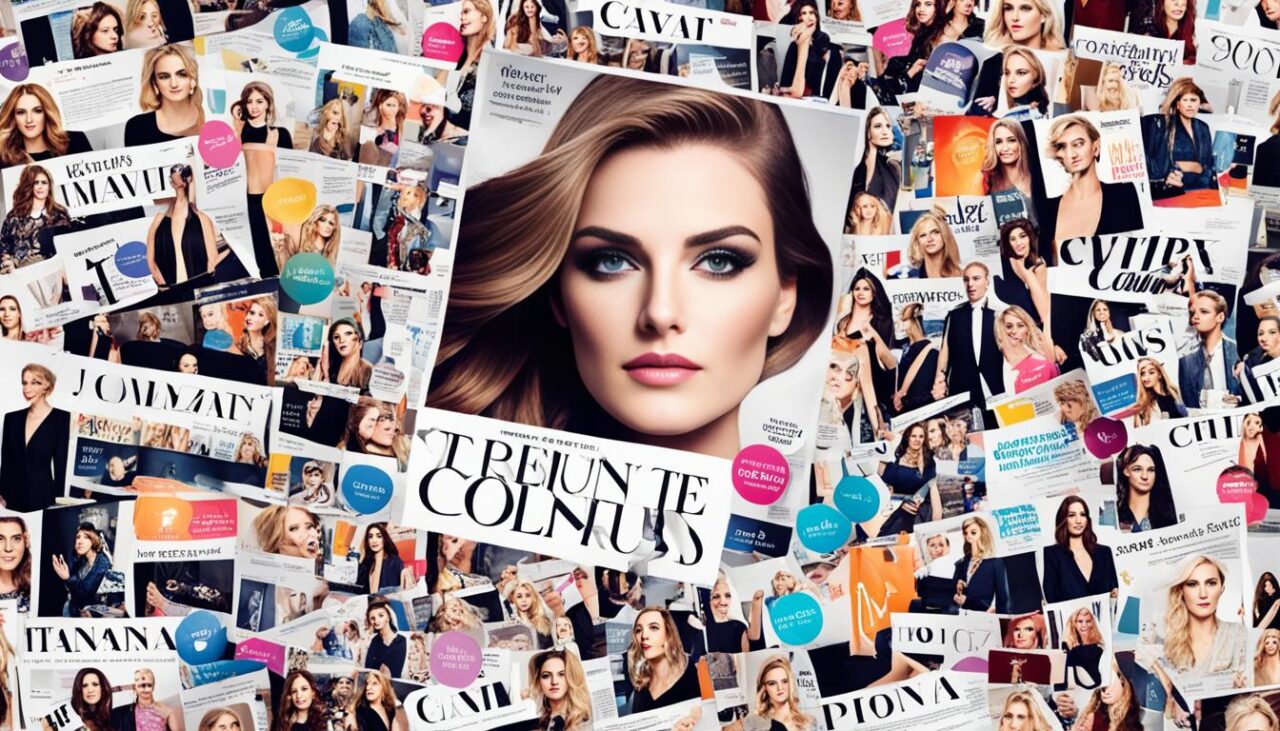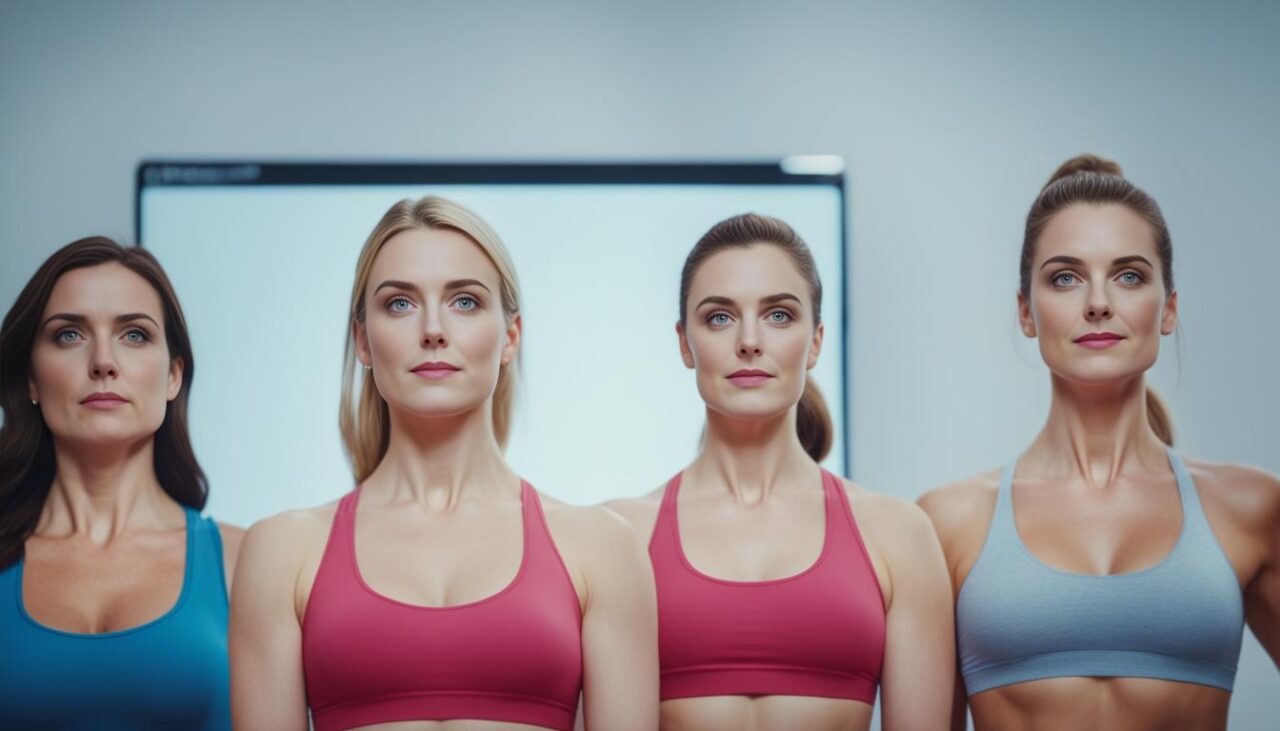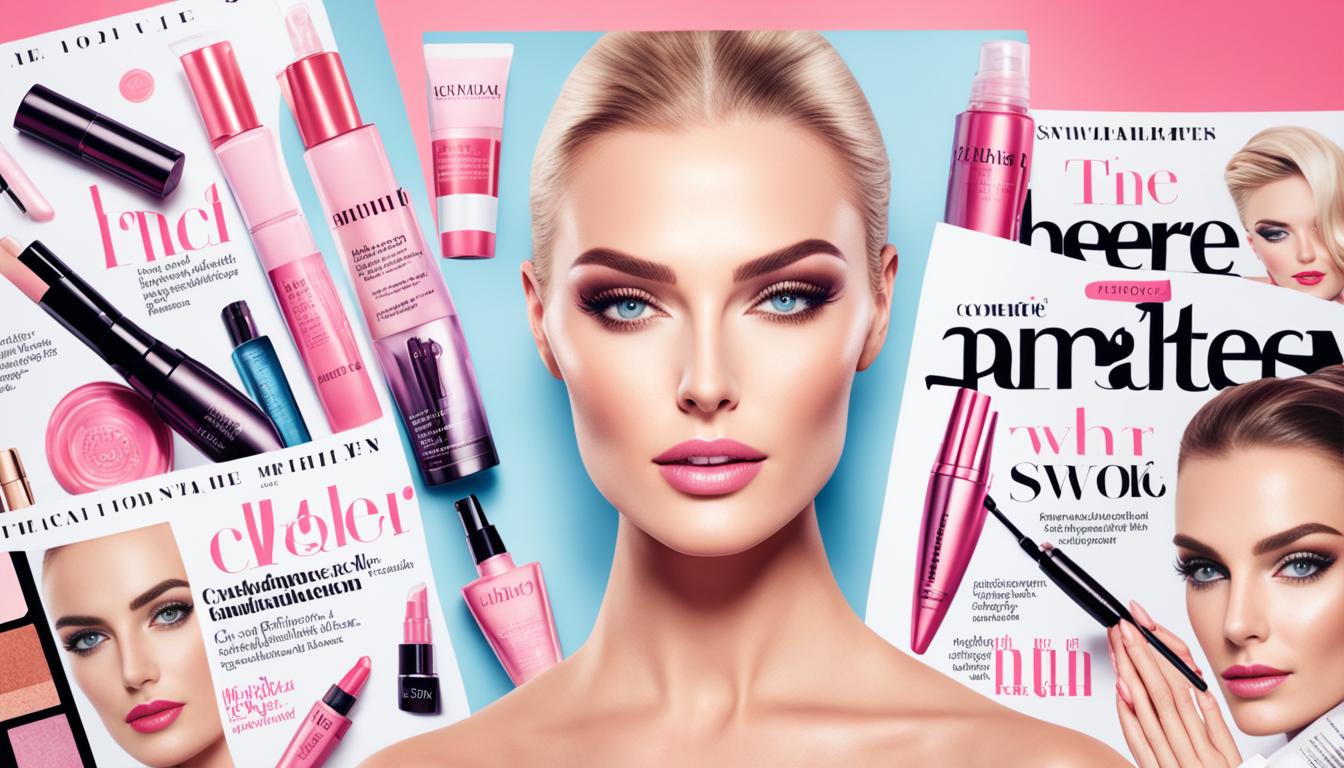Welcome to our informative article exploring the profound impact of media on shaping contemporary beauty ideals. In today's digital age, media plays a significant role in influencing public perception and establishing cultural norms relating to beauty. From glossy magazines to social media platforms, the content we consume influences how we perceive ourselves and others.
In this article, we will delve into the specific effects of media on beauty ideals, analyzing how its portrayals of beauty standards can impact individuals. We will also explore the role of digital media platforms in disseminating and reinforcing these ideals, considering their power to shape societal beauty norms and expectations.
Furthermore, we will discuss the implications of media perpetuating unrealistic beauty standards and their effect on individuals' self-esteem. The pressure to conform to these ideals can have negative consequences, harming body image and overall well-being.
But it's not all discouraging news. The emergence of the body positivity movement has challenged traditional beauty standards, aiming to promote self-acceptance and diverse representations of beauty. We will explore the role of media in supporting body positivity and the importance of embracing a more inclusive definition of beauty.
Throughout this article, we will examine the ways in which media shapes contemporary beauty ideals and the lasting impact it has on individuals and society. Join us as we uncover the complexities of media's influence and explore the potential for positive change.
Media Effects on Beauty Ideals
Media plays a powerful role in shaping society's perception of beauty ideals. The constant bombardment of images and messages through various media platforms heavily influences the way individuals perceive themselves and others. These media portrayals of beauty standards can have both positive and negative effects on individuals' self-esteem and body image.
The impact of media on beauty ideals is particularly evident in the digital age. With the rise of social media and online platforms, the dissemination and reinforcement of these standards have become more pervasive than ever before. Popular influencers, celebrities, and brands utilize these platforms to showcase and promote certain beauty ideals, influencing the masses and perpetuating narrow definitions of attractiveness.
One of the significant effects of media on beauty ideals is the promotion of unrealistic standards. The airbrushed and edited images often presented in advertisements and magazines create an unattainable and skewed perception of beauty. This can lead individuals to compare themselves to these images, resulting in feelings of inadequacy and a negative impact on self-esteem.

Furthermore, media representations of beauty usually lack diversity, reinforcing the idea that there is a single, universally accepted standard of attractiveness. People from marginalized communities, with different body types, and unique characteristics often feel excluded and unrepresented in the media, further perpetuating feelings of alienation and insecurity.
However, media can also be harnessed as a force for positive change. In recent years, there has been a growing movement focused on promoting body positivity and challenging beauty norms. Influencers and activists are using social media platforms to showcase diverse representations of beauty and advocate for acceptance and self-love. This has resulted in a shift toward greater inclusivity and acceptance of different body types, skin colors, and unique features.
As media continues to evolve, it is crucial to critically analyze its effects on beauty ideals. Recognizing the power that media holds, we can work towards creating a more inclusive and empowering media landscape that celebrates beauty in all its diverse forms.
Public Perception and Cultural Impact
In today's media-saturated world, the influence of media on public perception of beauty ideals cannot be overstated. Media representation plays a significant role in shaping societal norms and expectations surrounding beauty, impacting individuals and the broader culture.
Through various forms of media, such as magazines, television, movies, and social media platforms, beauty standards are constantly reinforced and perpetuated. The images and narratives portrayed by the media often favor unrealistic and narrowly defined ideals of beauty, leading to the internalization of these standards by individuals.
As a result, public perception of beauty becomes heavily influenced by what is seen and promoted in the media. The constant exposure to these idealized images can create a distorted perception of beauty, leading to dissatisfaction with one's own appearance and negative self-esteem.

Moreover, media representation not only affects individuals on a personal level but also has a significant cultural impact. The portrayal of beauty ideals in media contributes to the establishment of societal beauty norms, which can be exclusionary and discriminatory.
These unrealistic beauty standards can lead to the marginalization of certain individuals and communities, perpetuating inequality and reinforcing harmful stereotypes. The cultural impact of media on beauty ideals often results in the stigmatization of those who do not conform to these ideals, further highlighting the need for a more inclusive and diverse representation of beauty.
In conclusion, media plays a crucial role in shaping public perception of beauty ideals and has a profound cultural impact. It is essential to critically examine the messages conveyed by the media and promote a more inclusive and authentic representation of beauty. By challenging unrealistic beauty standards and embracing diversity, we can foster a more positive and empowering environment for individuals and society as a whole.
Self-Esteem and Body Positivity
The impact of media on individuals' self-esteem cannot be underestimated. The constant exposure to unrealistic beauty standards portrayed in the media can have detrimental effects on body image and overall self-worth. The relentless bombardment of airbrushed models and perfect bodies can leave individuals feeling inadequate and unworthy, leading to low self-esteem and negative body image.
Fortunately, the rise of the body positivity movement has challenged these narrow beauty ideals perpetuated by the media. Through various platforms, such as social media, individuals are reclaiming their self-worth and celebrating diverse beauty standards. This movement encourages embracing all body types, promoting self-acceptance, and highlighting the importance of inner beauty and self-love.
The media, too, has started to take notice of the impact it has on individuals' self-esteem. Brands and publications are now striving for more inclusive representations of beauty, showcasing diverse body types, ethnicities, and ages. By embracing body positivity and celebrating beauty in all its forms, the media can help foster a healthier and more accepting society.
It is crucial for individuals to be aware of the media's influence on self-esteem and to actively engage in the body positivity movement. By consuming media mindfully and seeking out content that promotes body positivity, individuals can protect their self-esteem and contribute to a more inclusive and accepting culture. Together, we can challenge societal beauty ideals and pave the way for a more positive and empowering media landscape.

